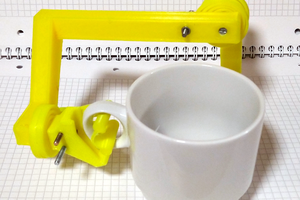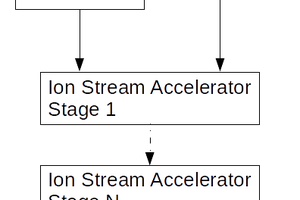Modernity has bestowed upon us an omnipresent technological world overflowing with mobiles, laptops and other electronic devices. Besides benefitting immensely from the digital world, we also face pressing concerns around surveillance, privacy and security of information along with an explosion in electronic waste. While the contemporary socio-technical world pushes us to engineer and design new technologies, this project looks at erosion, breakdown and decay as the starting points in thinking through the nature, use and effects of information technologies.
Socio-culturally in south east Asia, the idea of repair has always been practiced through frugal interventions called Jugaad or the art of repairing broken things - Kintsugi. However, in late capitalism, this idea of repair, reuse and remanufacture is slowly fading away amidst a rising throwaway culture. Taking from these concepts of repair, this project uses e-waste beyond a mere formalist appropriation of it as raw material for sculpture. It analyses e-waste at a deeper level by reverse and re-engineering them to work again, in limited capacities. In a world where technology graveyards are multiplying, it looks at the discarded shells of technologies more sympathetically to create aesthetically functional imperfect objects using e-waste.
Today, the lack of knowledge resources and insufficient e-waste management infrastructure leads to a global production of 53.6 million metric tons of e-waste annually. E-waste is becoming one of the major contributors to environmental degradation and climate change.
This project intends to examine our information society through the lens of repair. Most technological debates in our contemporary societies are focussed on the virtual implications of technology and forgets about its discarded physicality. With the aim to engage audiences in conversations around technology policies for environmental well-being, consumerism, repair culture and the beauty of imperfections, this project presents a contemporary case of technology decay.
 Debanshu
Debanshu

 aweigh
aweigh

 Benjamin Brink
Benjamin Brink